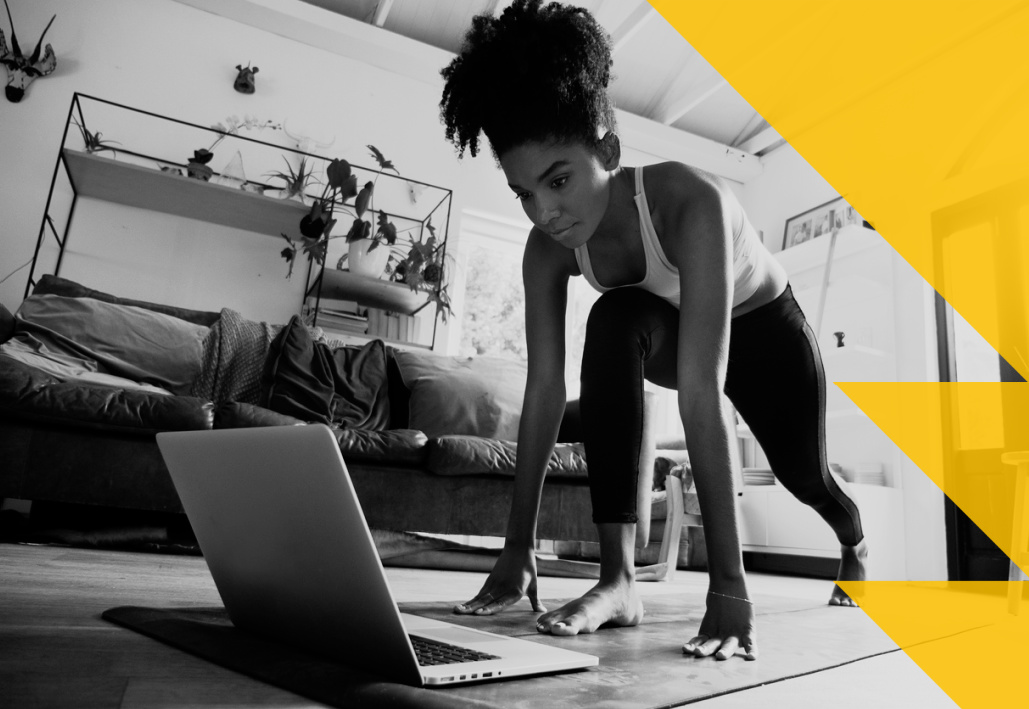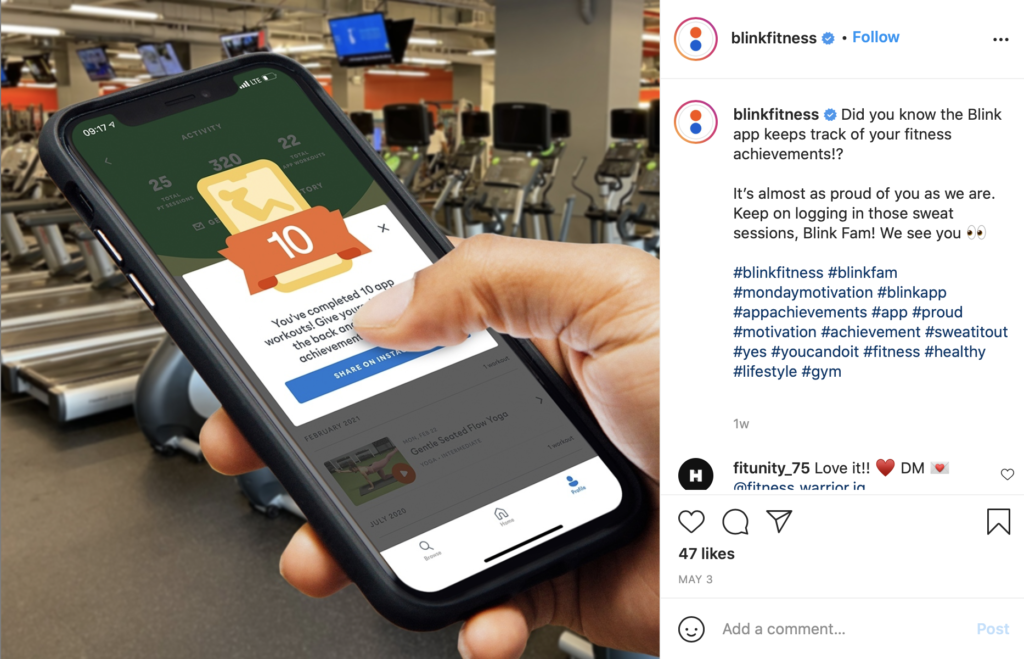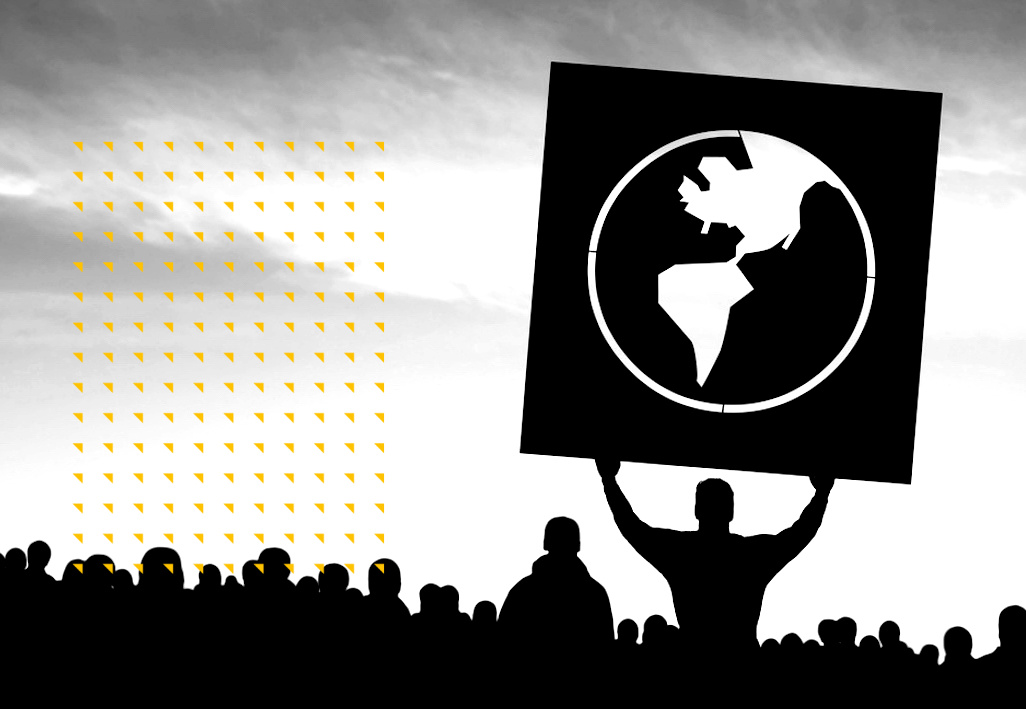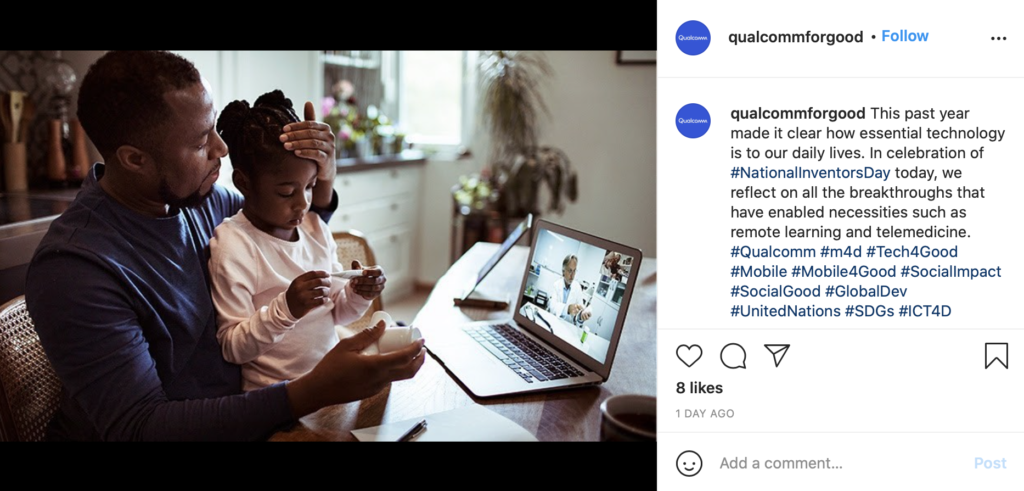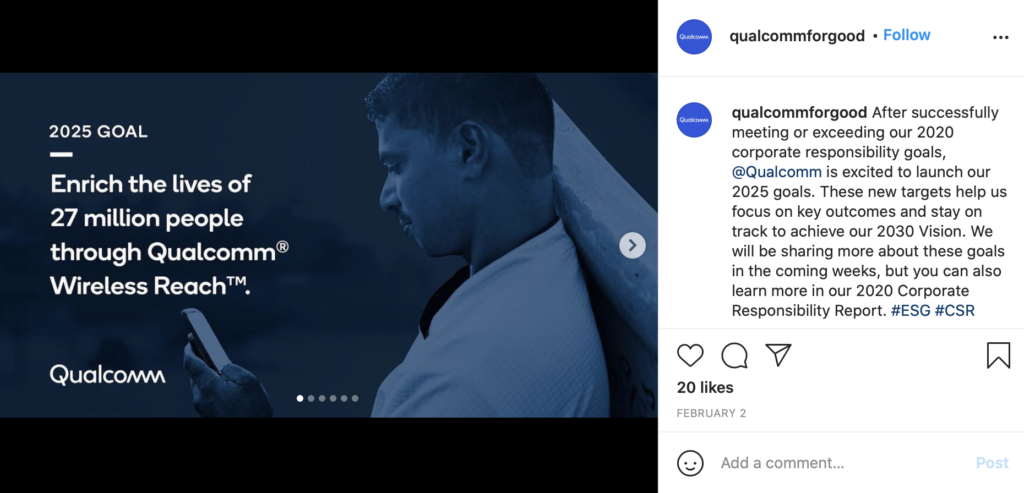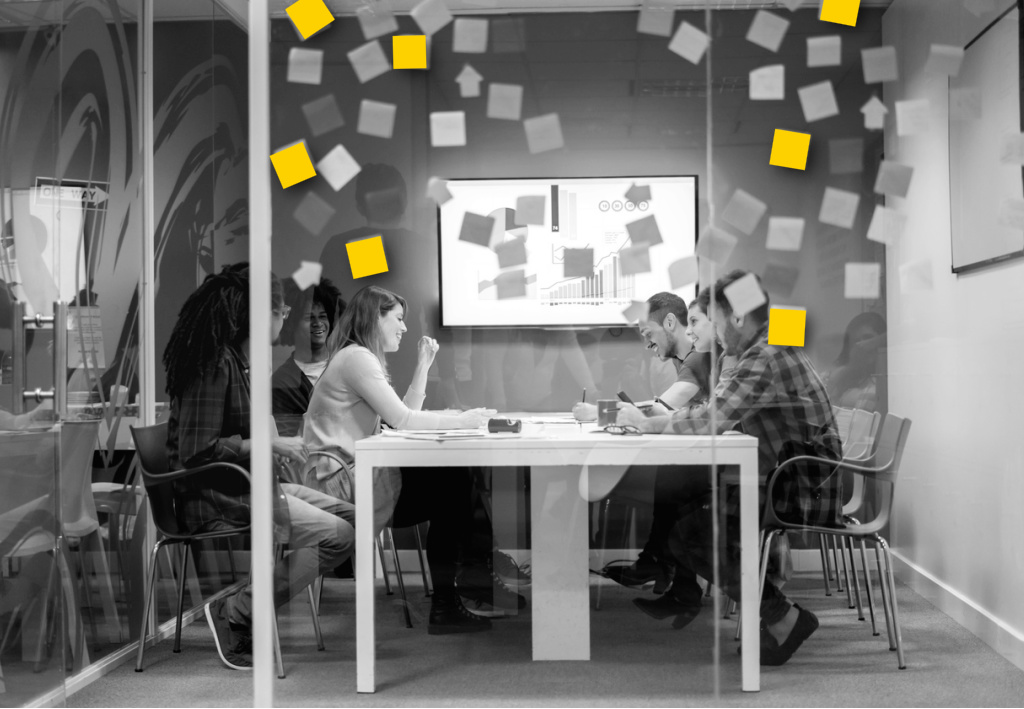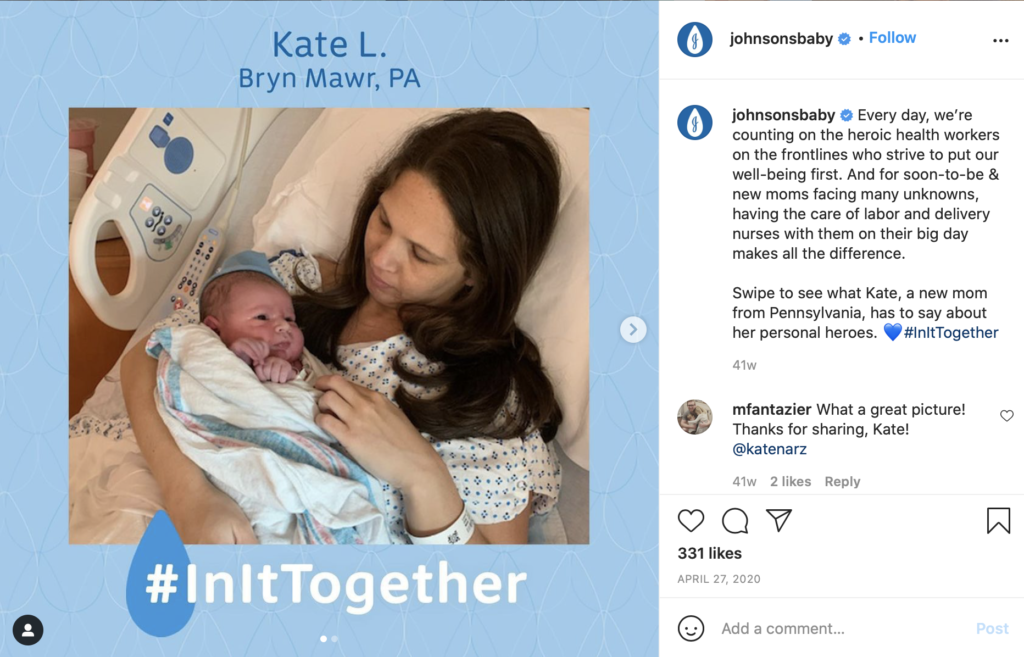With fast-evolving customer experiences and technologies rolling into the market what feels like everyday, only one thing seems to consistently remain the same: Consumer behaviors, expectations, and needs never stop changing.
Cultural, social, personal and psychological forces influence what consumers do and why. And as consumer behaviors change, marketing strategies must change, as well. But for brands and businesses to craft the customer experience that can lead them through the next frontier of business, they must first understand what customers are truly prioritizing.
Better marketing comes from better understanding consumers.
According to our recent research report, here are the top six factors that are changing the customer experience design game today:
1. Convenience
Convenience is consistently the most significant way consumers are evaluating companies post-pandemic. It turns out that consumers like some of the adjustments they had to make as a result of the pandemic. For example, 31% of those surveyed said they will still use grocery delivery services even after restrictions are lifted in their area. Consumers want purchases that are easy to make. That doesn’t stop at simply digitizing offerings. It also means upgrading customer service experiences so consumers can get help when and where they want it.
Keep in mind that consumers aren’t necessarily looking for virtual-only experiences. They are keen to combine the best of digital and personal touchpoints to do whatever is easiest. That’s why “buy online, pick up in store” (BOPIS) has become popular. A total of 68% of our survey respondents indicated they have tried this approach, two thirds say it made them feel somewhat or more positive about the company that provided it. That’s because convenience rules the day. Companies that can blend the best of their offerings to create the most streamlined experience are winning post-pandemic.
2. Safety and Well-Being
Most age groups we surveyed indicated that safety and well-being are a major factor in their decision-making process. Excluding Gen Z, every other age group voted safety as their second biggest concern. Safety and security— both physical health and data— must become the standard operating procedure for businesses. Cleanliness and a focus on well-being are no longer extra steps that businesses are taking during “unprecedented times” but the expectations that are leading the way in every customer experience.
3. Immersive in-person experiences
The decline of physical retail shopping has accelerated in the pandemic, but marketers have found a way to bring customers in-store to develop loyalty: experiences. The concept of retailtainment has been gaining traction, with 52% of millennials saying they spend on experience-related purchases. Experiential marketing is more important than ever, especially as customers emerge from the pandemic and are hungry to make up for missed experiences.
In the digital-first world post-COVID, a lot of general shopping will be ordered via recurring subscriptions or deliveries. Capitalizing on the appetite for experiences, businesses can entice customers to come in-store with valuable experiences that educate and connect. As a bonus, a truly immerse experience can help earn coveted word-of-mouth and organic social presence.
The pandemic has highlighted social inequalities in daily life and consumers are choosing to vote with their pocketbooks to create change.
4. Social Responsibility
Customers are increasingly loyal to brands with a conscience, especially as the global pandemic has hindered the well-being of so many people. It’s clear that customers expect brands to lead with kindness and empathy, even at times using their resources to fill gaps left by local governments or to support social causes.
In a survey that assessed consumer perceptions of corporate social responsibility, three out of four respondents said that the way a company looks after their customers and employees during COVID will impact their loyalty to the company post-pandemic. The pandemic has highlighted social inequalities in daily life and consumers are choosing to vote with their pocketbooks to create change.
5. True and Ongoing Value
It’s clear that consumers are even more sensitive to value realization now than before the pandemic (learn about value realization here). At some point during your customer’s journey there will come a time when the value of your product or service is fully realized. This can set the tone of the future of your customer’s experience with you. Not only do they need to see value early, but it needs to be consistent throughout their lifecycle in order to increase your customer lifetime value.
Also read: Developing Nurture Strategies That Decrease Time to Value
Wary of a possible recession in the wake of the pandemic, in addition to increased inflation, consumers are prioritizing the value you bring before they’ll part with their hard-earned cash. Your products and services need to be well-priced and solve a real problem. Premium add-ons are less of a priority for consumers, unless they target other specific desires such as social responsibility or safety.
Ratings and reviews help build this confidence in a way that feels legitimate to wary consumers.
6. Trust and confidence
Third-party and peer recommendations are deeply integrated into the buying process, especially post-pandemic. New data rates rankings and reviews as the number one most important factor impacting purchase decisions, above price and even free shipping. Nearly one in two customers read between one to 10 reviews before making a purchase decision, and 68% of customers say they prefer products with at least 26 reviews.
It’s clear the pandemic has caused consumers to lose some faith in traditional institutions and they are consistently relying on communities of like minded people to act as thought leaders. Ratings and reviews help build this confidence in a way that feels legitimate to wary consumers.
Bottom Line
Synthesizing all of these consumer changes to carve a future path requires companies to take a strong look at their to take a step back and understand the problem they are trying to solve, the “why” behind reimagining their products and customer experience. This can help realign with what consumers are expecting today. We walked through this same process with a leading travel brand, taking the time to define what it means for them to be in the travel business in the first place. Using those answers, we were able to define success. Then, we looked at what changes would be in scope for the brand. You might not be able to accomplish everything you dream of or know customers want, but defining changes that are within your ability is a good first step.
Implementing changes is the purpose for all of this research and brainstorming, which is why the last step of the process is understanding what partners will be necessary to help innovate. Iterating on your products, services, and overall customer experience isn’t easy and making cross-functional changes can be challenging, but given the massive shifts in consumer preferences post-pandemic, it is more important than ever to understand these factors and adjust to ensure value realization.


